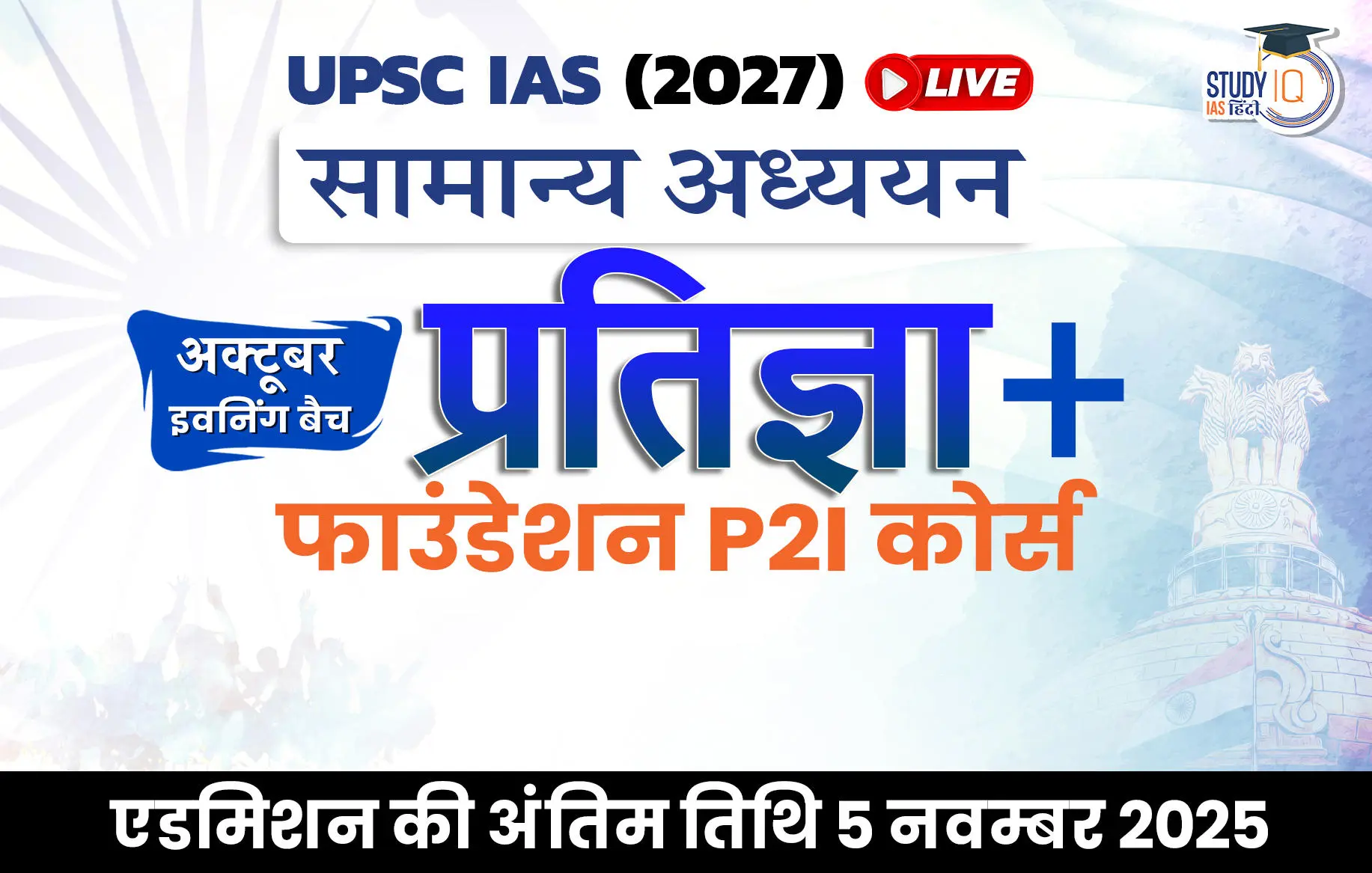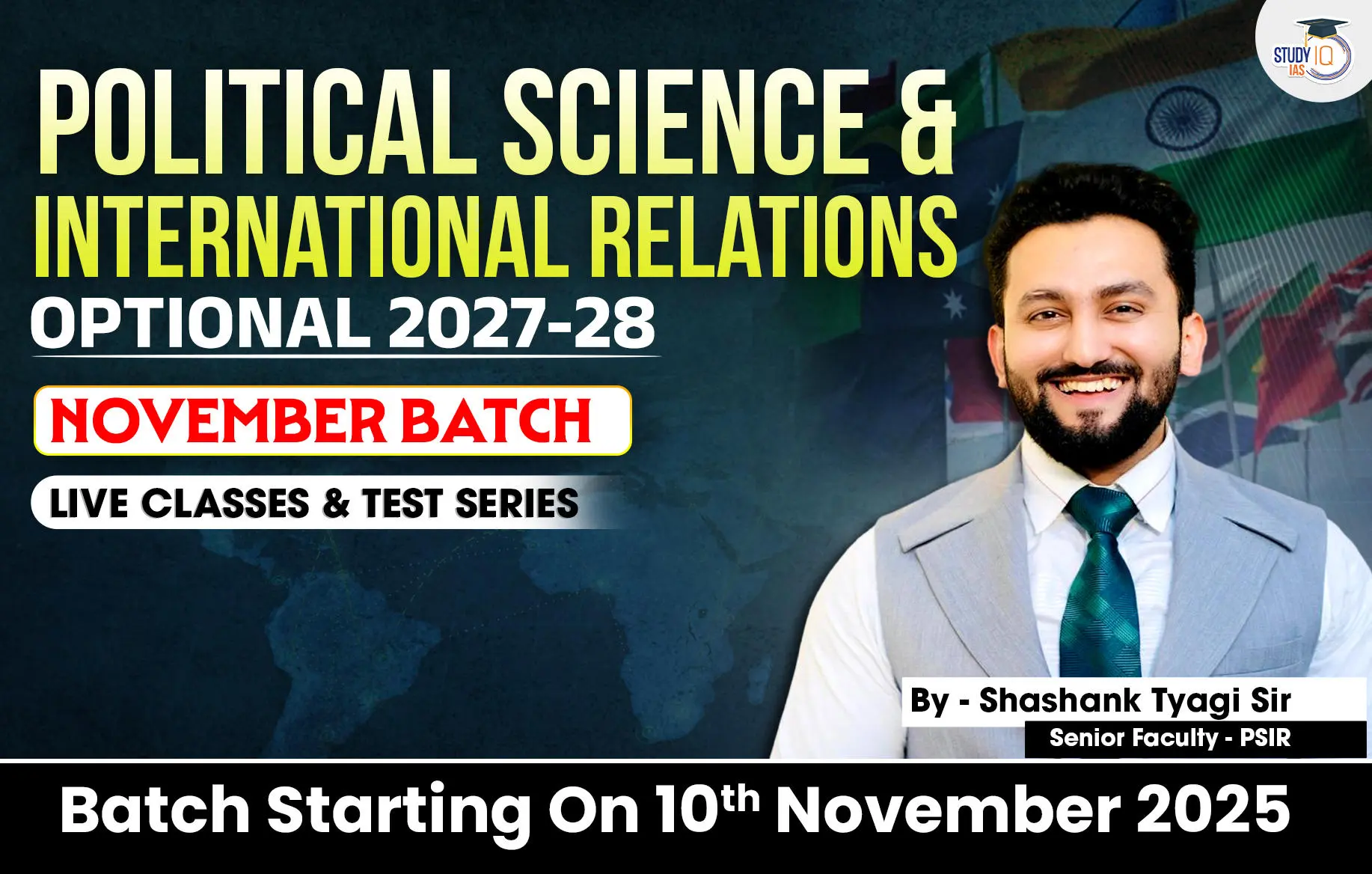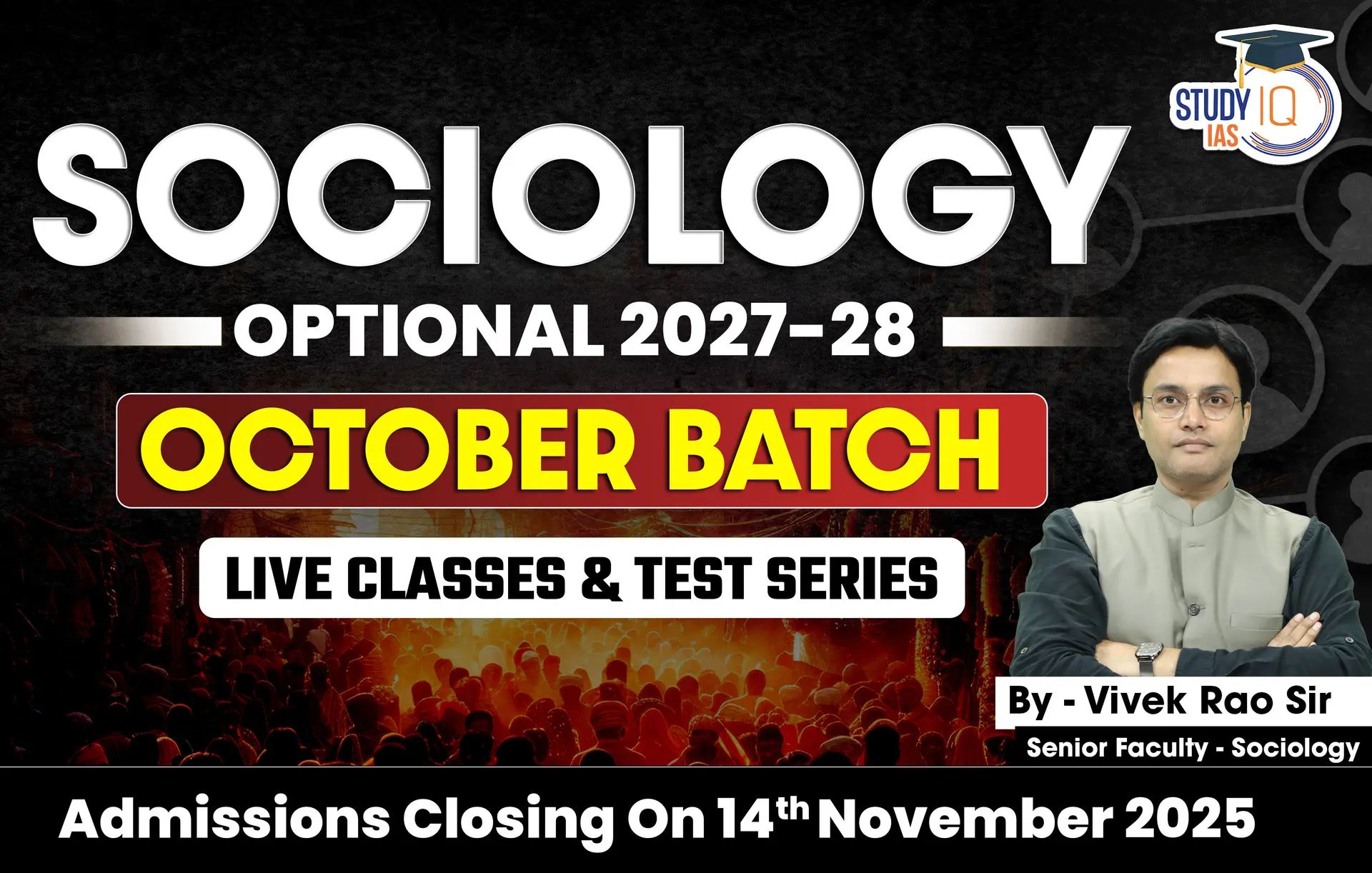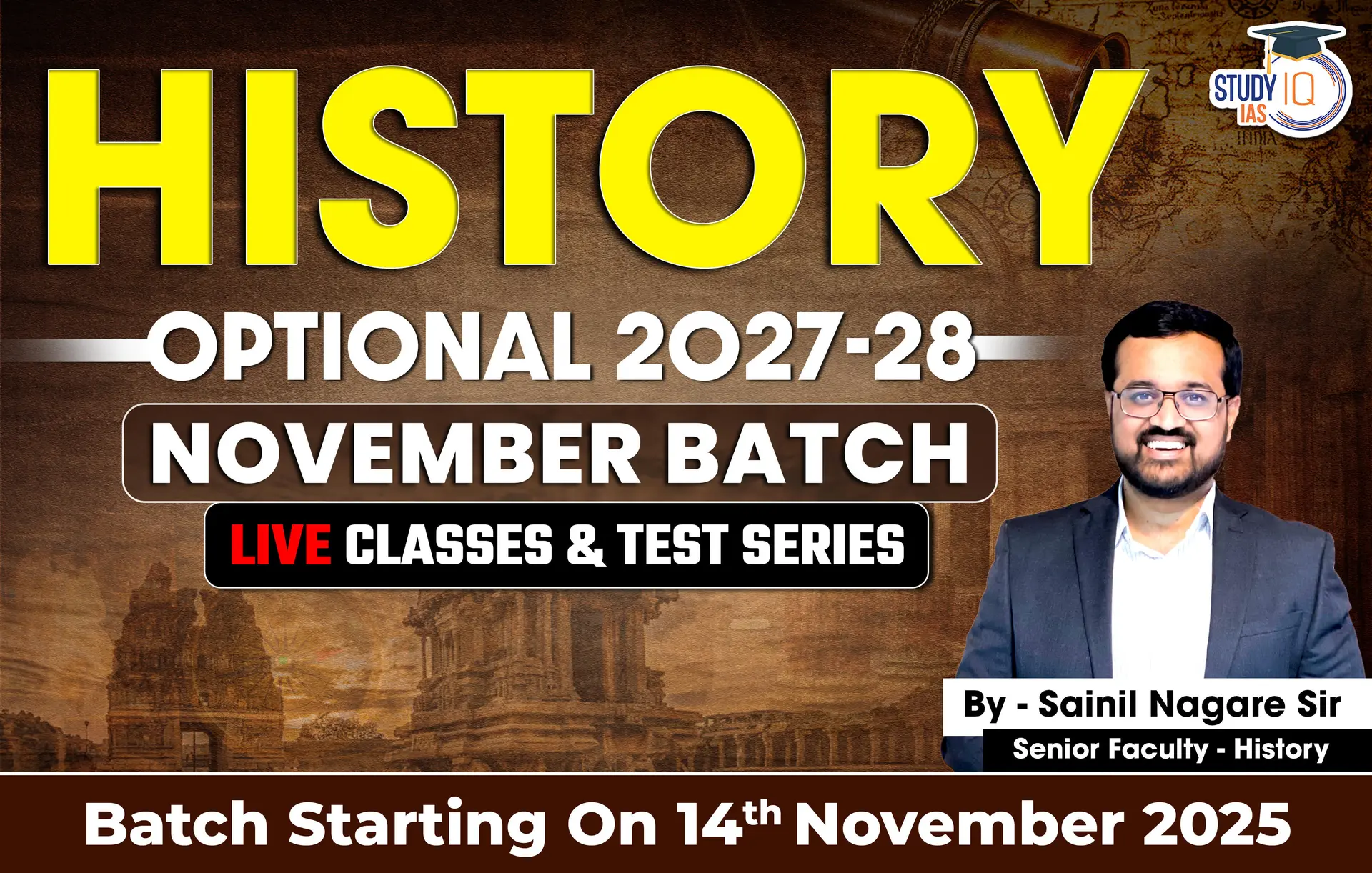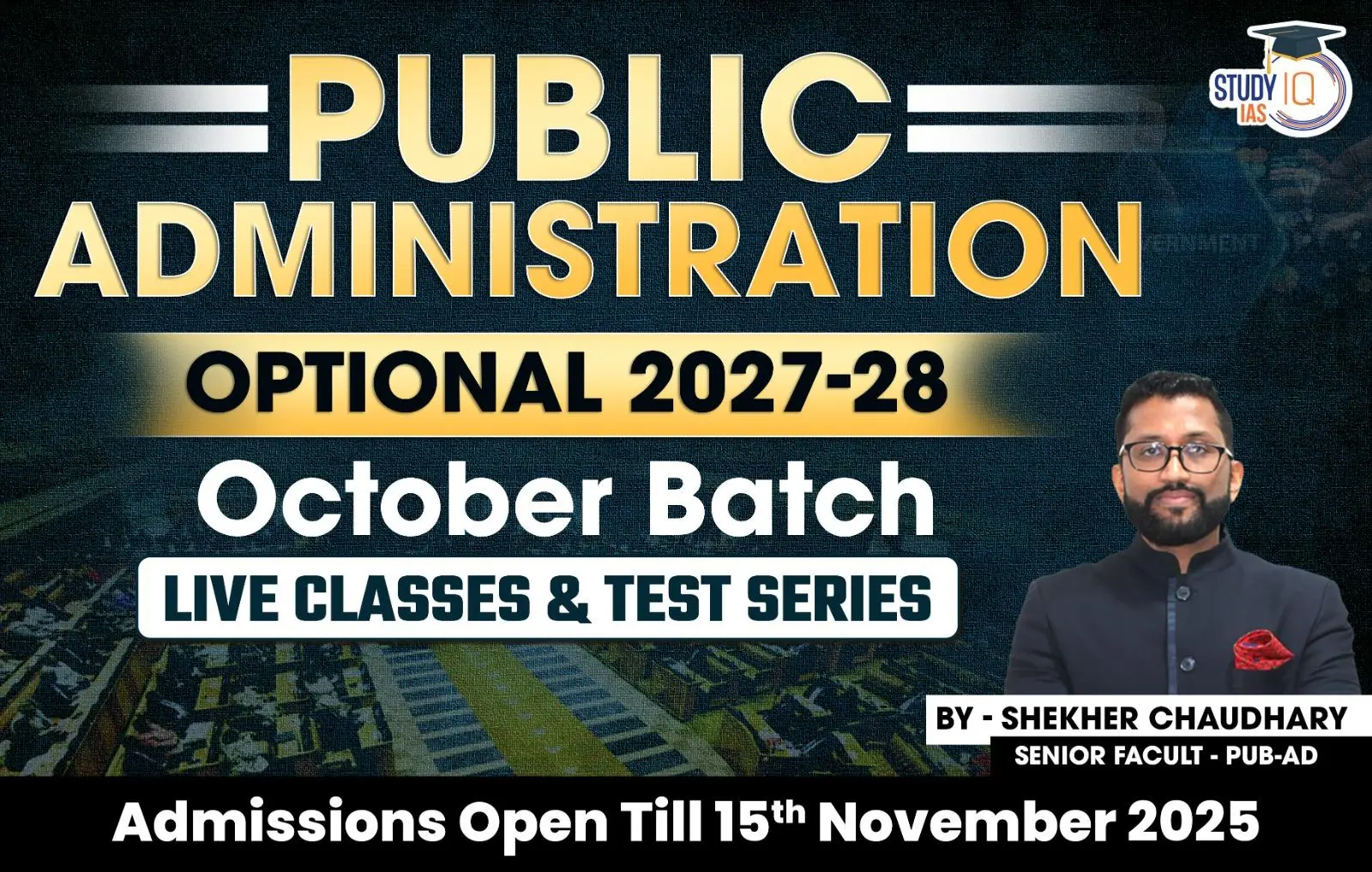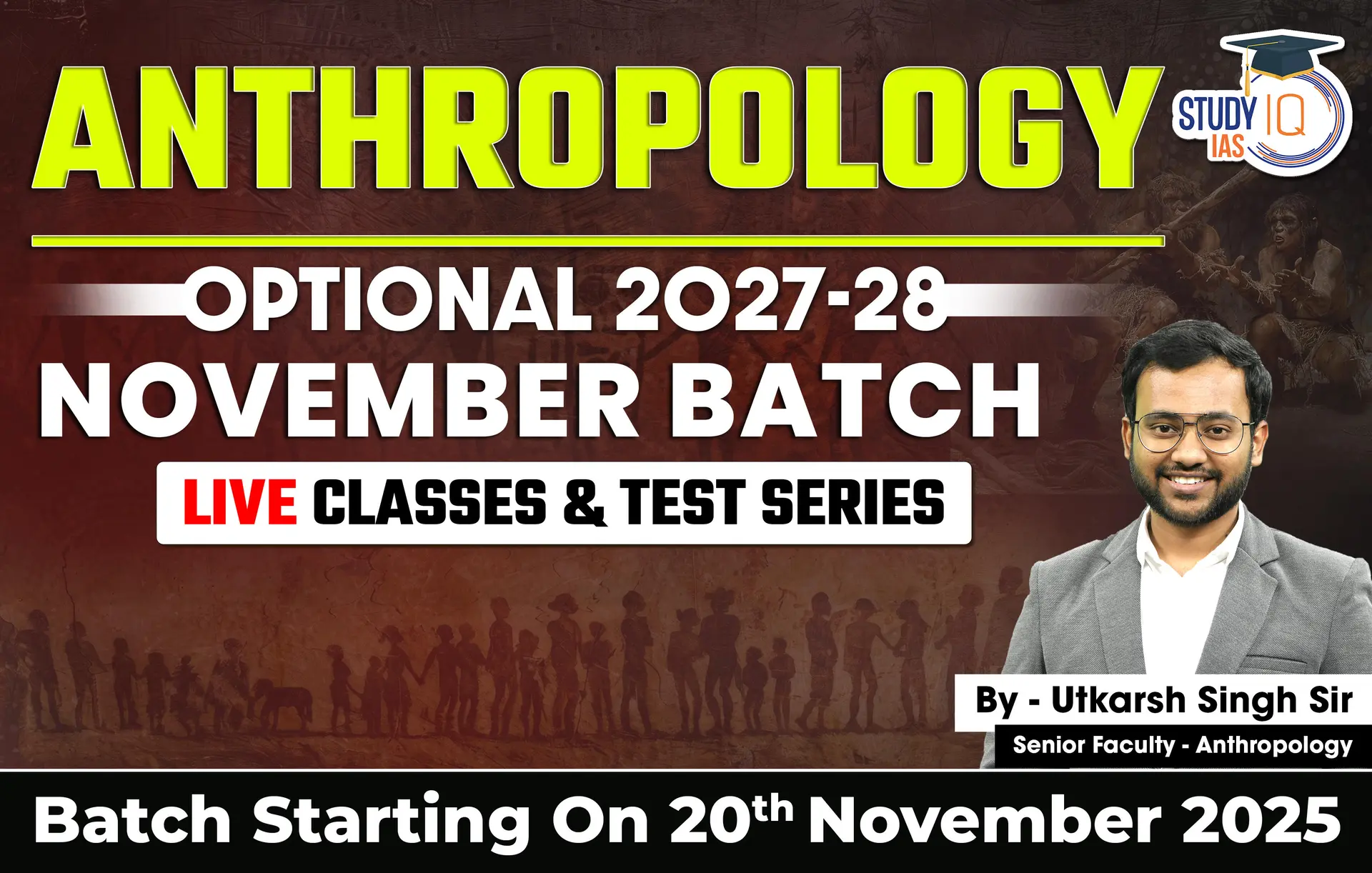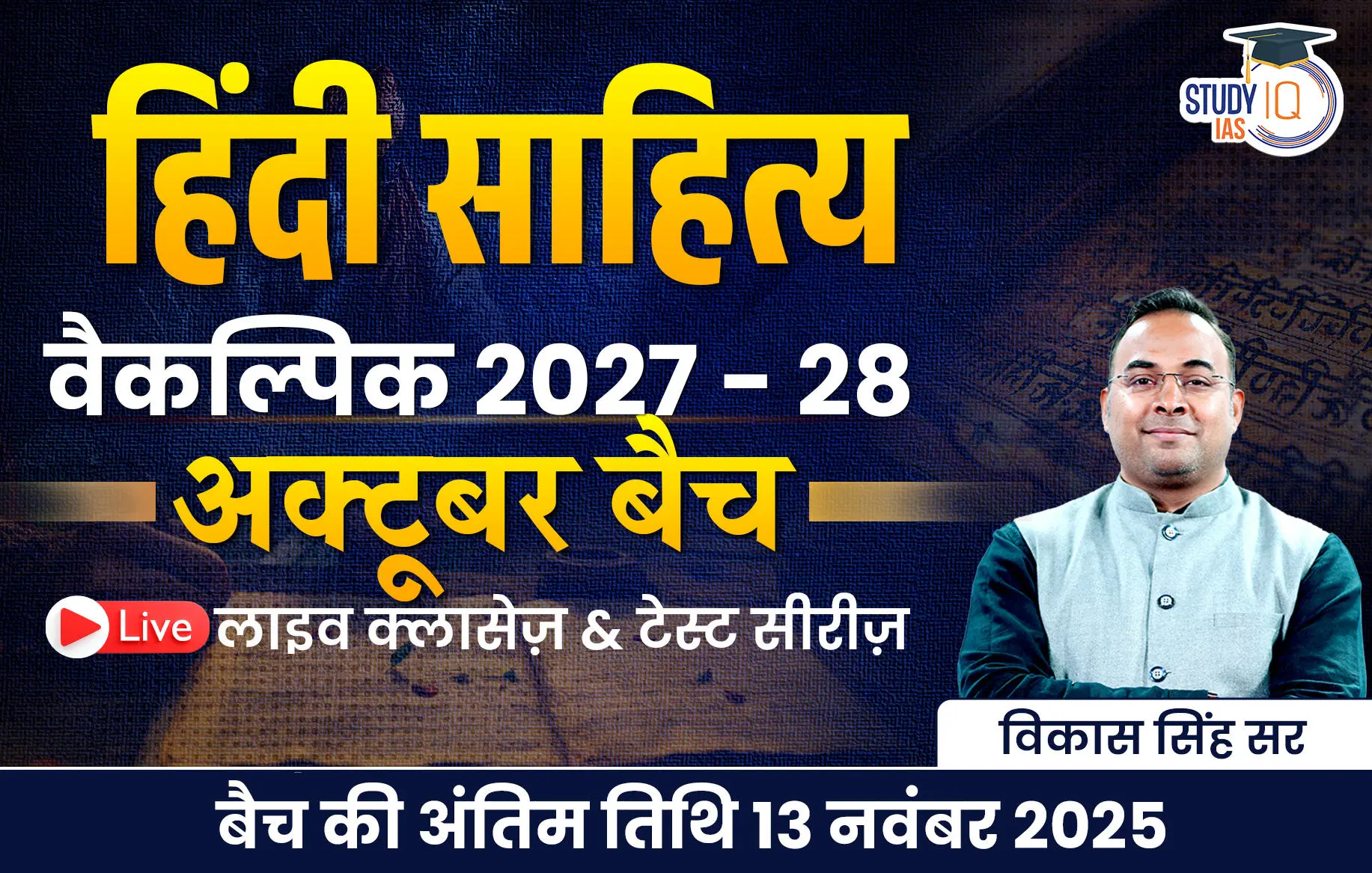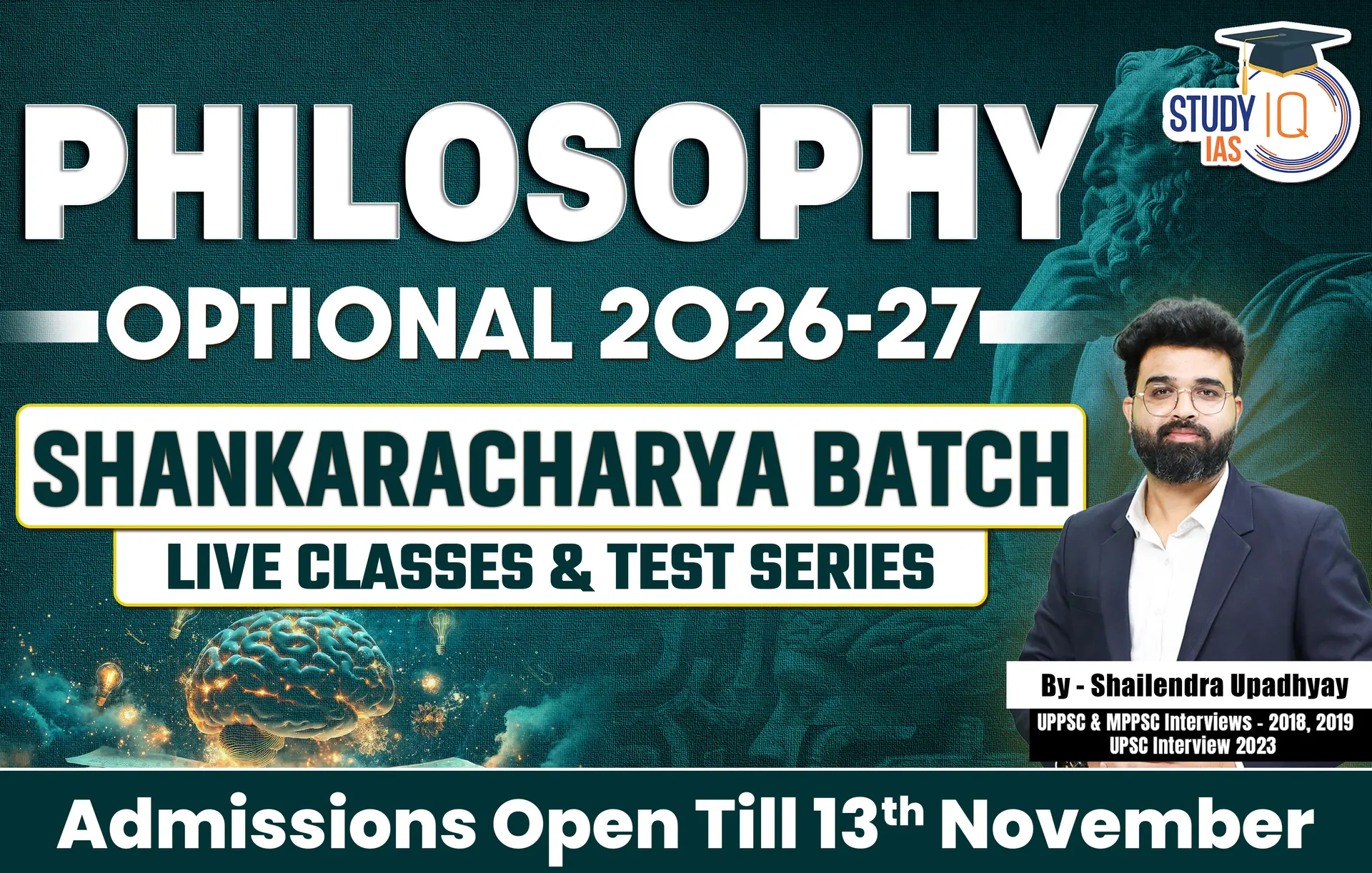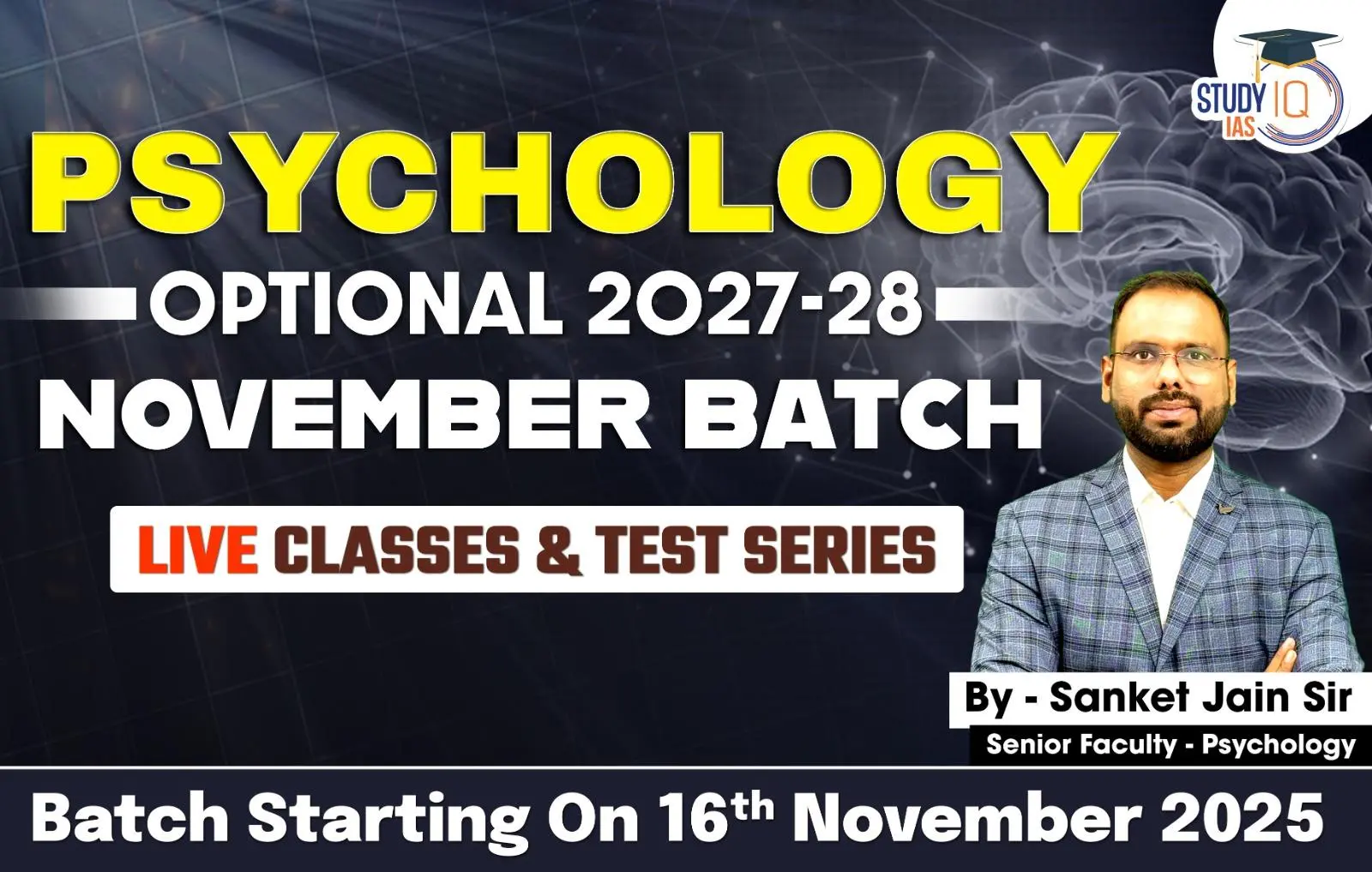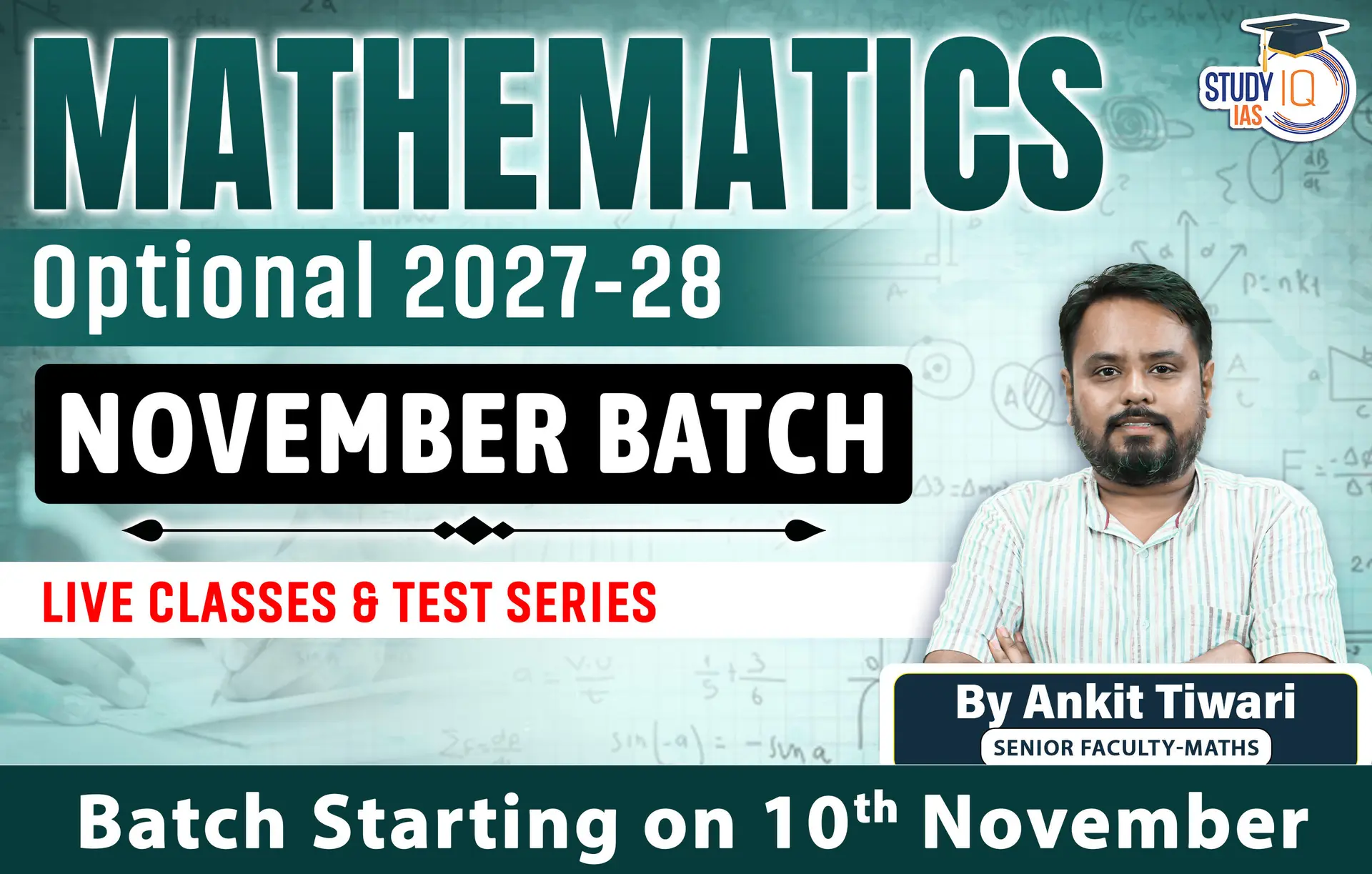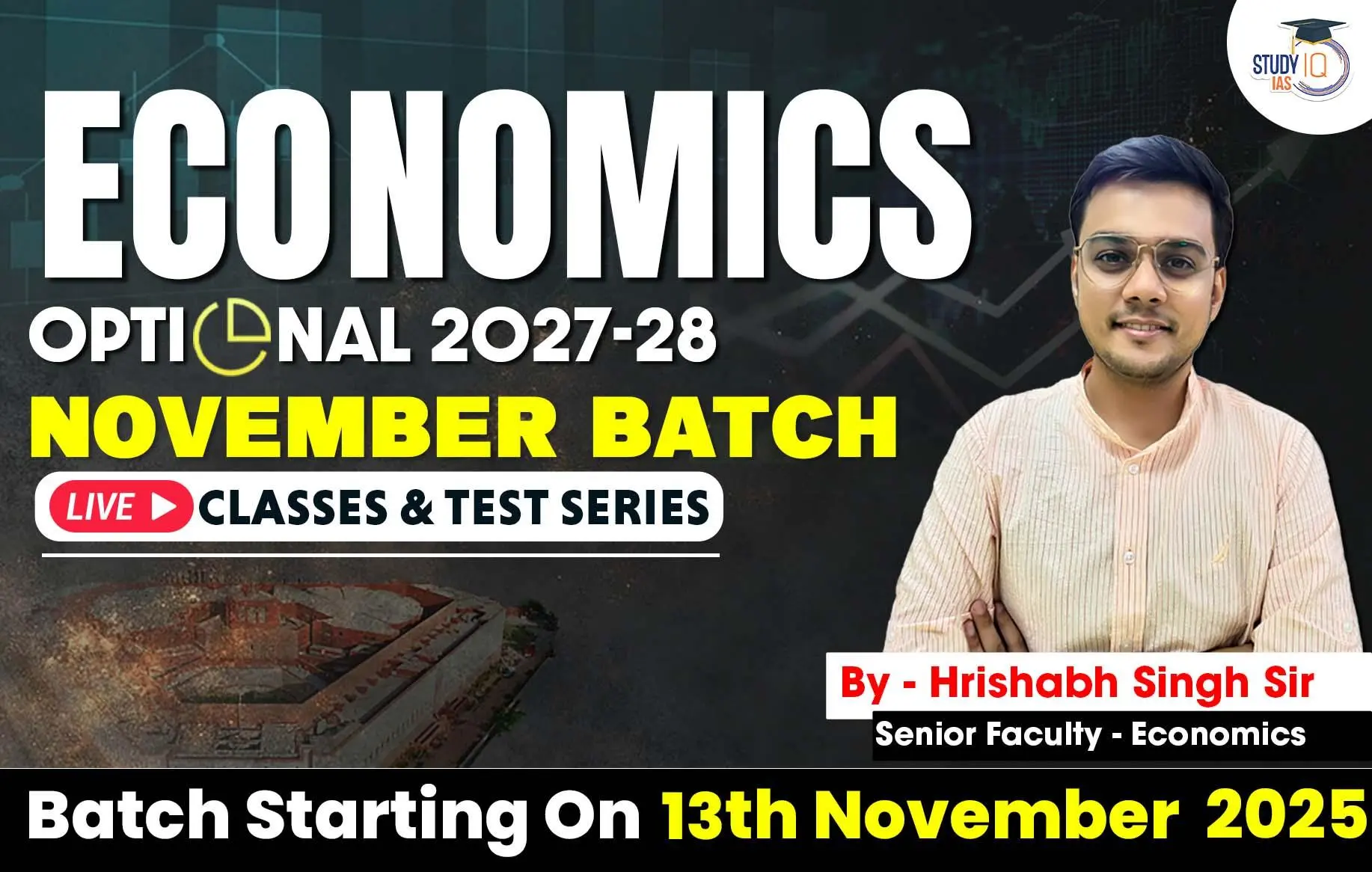Table of Contents
Context: DNA analysis is being used to identify victims of the recent Air India plane crash in Ahmedabad.
DNA Identification Process
1. Collection & Storage of Samples:
- DNA starts degrading after death; hence, quick collection is crucial.
- Samples must be collected as soon as possible and stored in a cool, dry environment or preserved in 95% ethanol.
- DNA survives better in cold and dry conditions.
- Soft tissues degrade fast, so bones and teeth are preferred as they resist decomposition.
- Samples from family members (parents, children, siblings) are also collected for reference comparison.
2. Challenges in Sample Collection:
- In large-scale disasters, recovery may take weeks or months (e.g., 9/11 took 10 months to collect samples).
- The extent of the crash affects how easily samples can be recovered.
3. Reference Samples:
- Collected from biological relatives (parents, siblings, children).
- These share 50% or more of DNA with the deceased and help in matching.
4. Methods of DNA Analysis:
a. Short Tandem Repeat (STR) Analysis:
- Analyzes short repeating sequences in nuclear DNA.
- Used for high-confidence family identification.
- Requires non-degraded nuclear DNA.
b. Mitochondrial DNA (mtDNA) Analysis:
- Used when nuclear DNA is degraded.
- mtDNA is inherited from the mother and found in multiple copies per cell, making it easier to extract.
- Helps match with maternal relatives (mother, maternal grandmother, siblings).
c. Y Chromosome Analysis:
- Used to match male victims with paternal relatives (father, paternal uncle, cousins).
- Analyzes markers on the Y chromosome, which passes from father to son.
d. Single Nucleotide Polymorphisms (SNPs) Analysis:
- Used when DNA is highly degraded.
- Focuses on specific single-letter changes in DNA (A, T, C, G).
- Less effective than STR but useful when limited DNA is available.
5. Personal Belongings for DNA:
- DNA may also be extracted from items like a toothbrush, hairbrush, etc., for individual profiling when body samples are insufficient.
DNA analysis, especially STR, mtDNA, and SNPs, is critical for identifying victims in air crashes, particularly when physical recognition is impossible.
About Deoxyribonucleic Acid (DNA)
Deoxyribonucleic Acid; discovered by Friedrich Miescher in the 1860s; double helix structure revealed by Watson, Crick, Franklin & Wilkins in 1953.
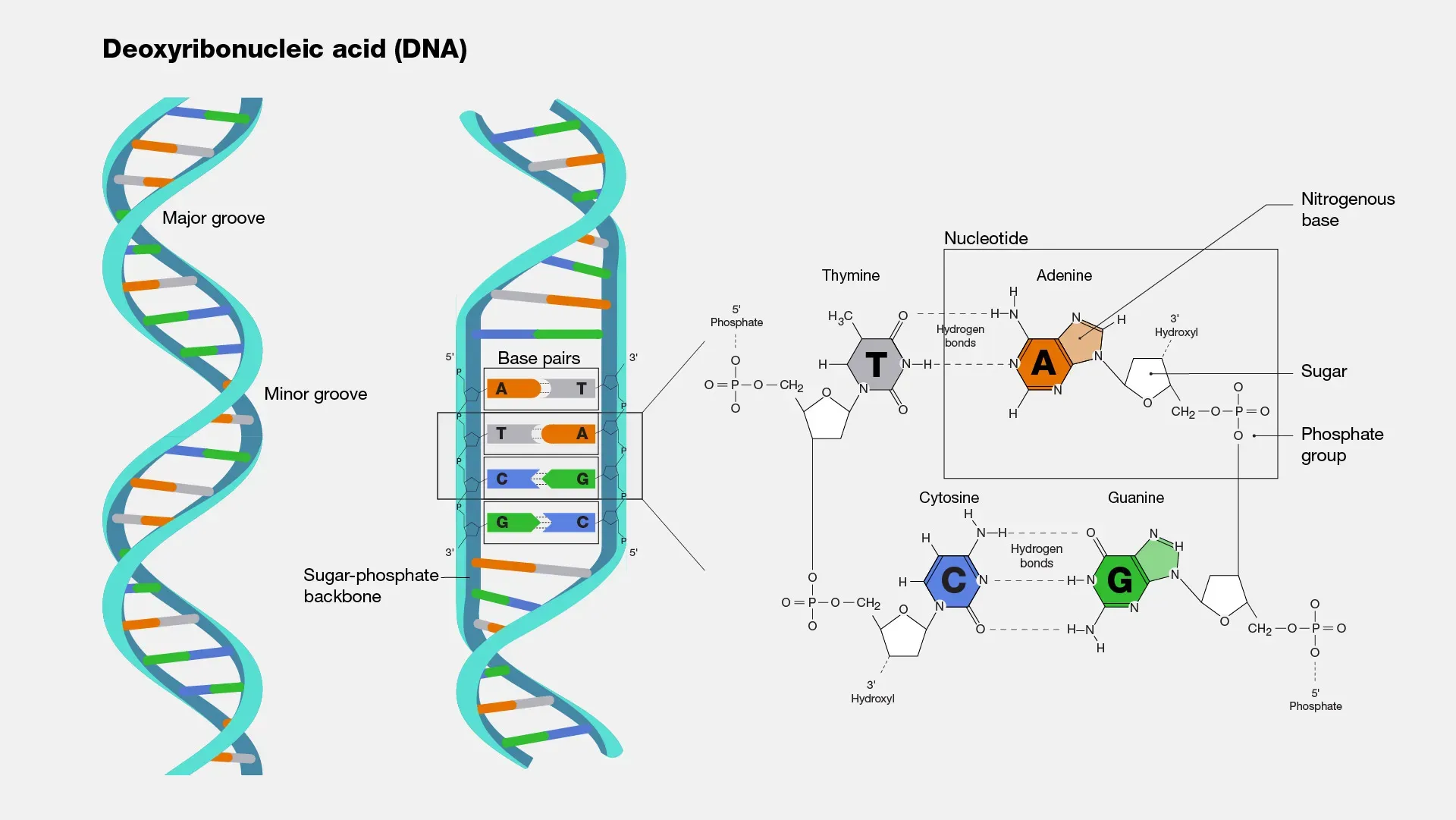
Structure
- A double-stranded helix with alternating sugar (deoxyribose) & phosphate backbone.
- Four nitrogenous bases: Adenine (A), Thymine (T), Cytosine (C), Guanine (G); A–T & C–G pairing.
- Human DNA has ~3 billion base pairs, with over 99% sequence similarity across individuals.
- Present primarily in the cell nucleus (nuclear DNA; packed in chromosomes – humans have 23 pairs = 46).
- Also present in mitochondria (mitochondrial DNA), it is maternally inherited.
Types of DNA Helices
- B‑DNA: Common right‑handed form.
- A‑DNA: Right‑handed, shorter & broader.
- Z‑DNA: Left‑handed zigzag form, less common.
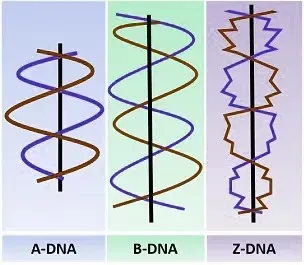
Functions
- Stores genetic information for growth, development, function & reproduction.
- Codes for proteins via transcription → translation pathway.
- During transcription, DNA is copied into messenger RNA (mRNA).
- During translation, mRNA is read to synthesize proteins.
- Replication is a semi-conservative process where each new DNA molecule has one old and one new strand.
- DNA fingerprinting is used in forensics, paternity tests, and disaster victim identification.
- DNA plays a crucial role in protein synthesis, inheritance, and evolutionary studies.

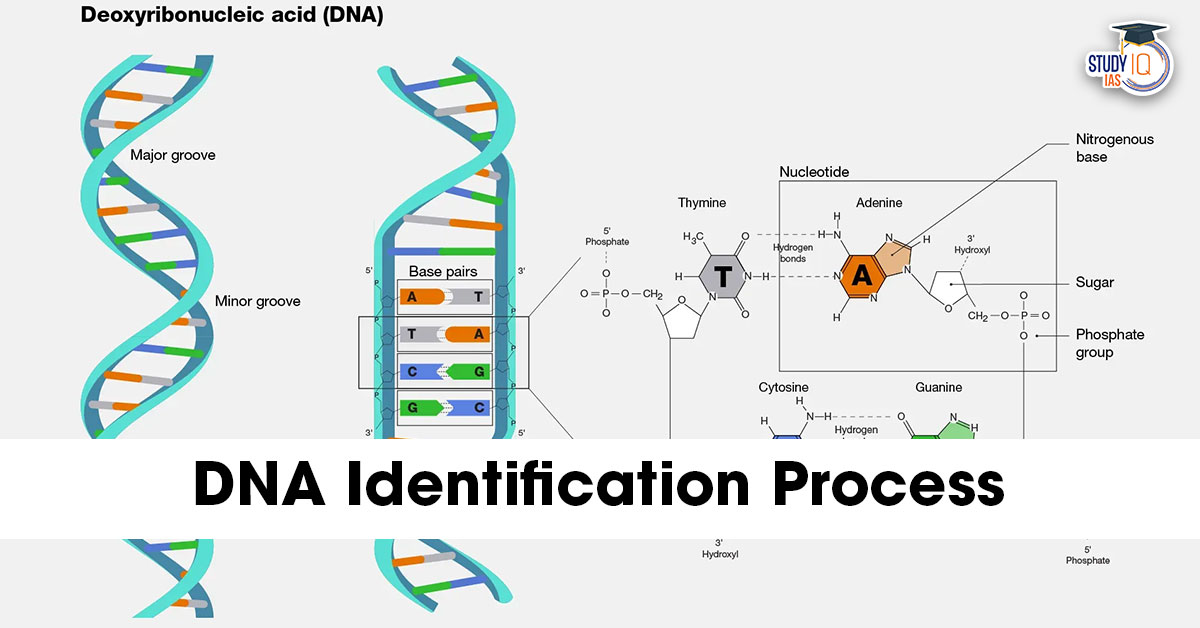
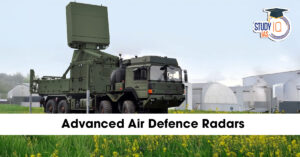 Advanced Air Defence Radars: Types, Comp...
Advanced Air Defence Radars: Types, Comp...
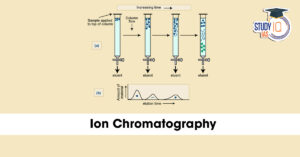 Ion Chromatography, Working and Applicat...
Ion Chromatography, Working and Applicat...
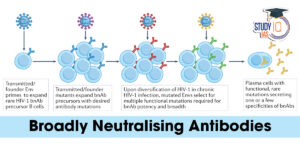 Broadly Neutralising Antibodies (bNAbs):...
Broadly Neutralising Antibodies (bNAbs):...

